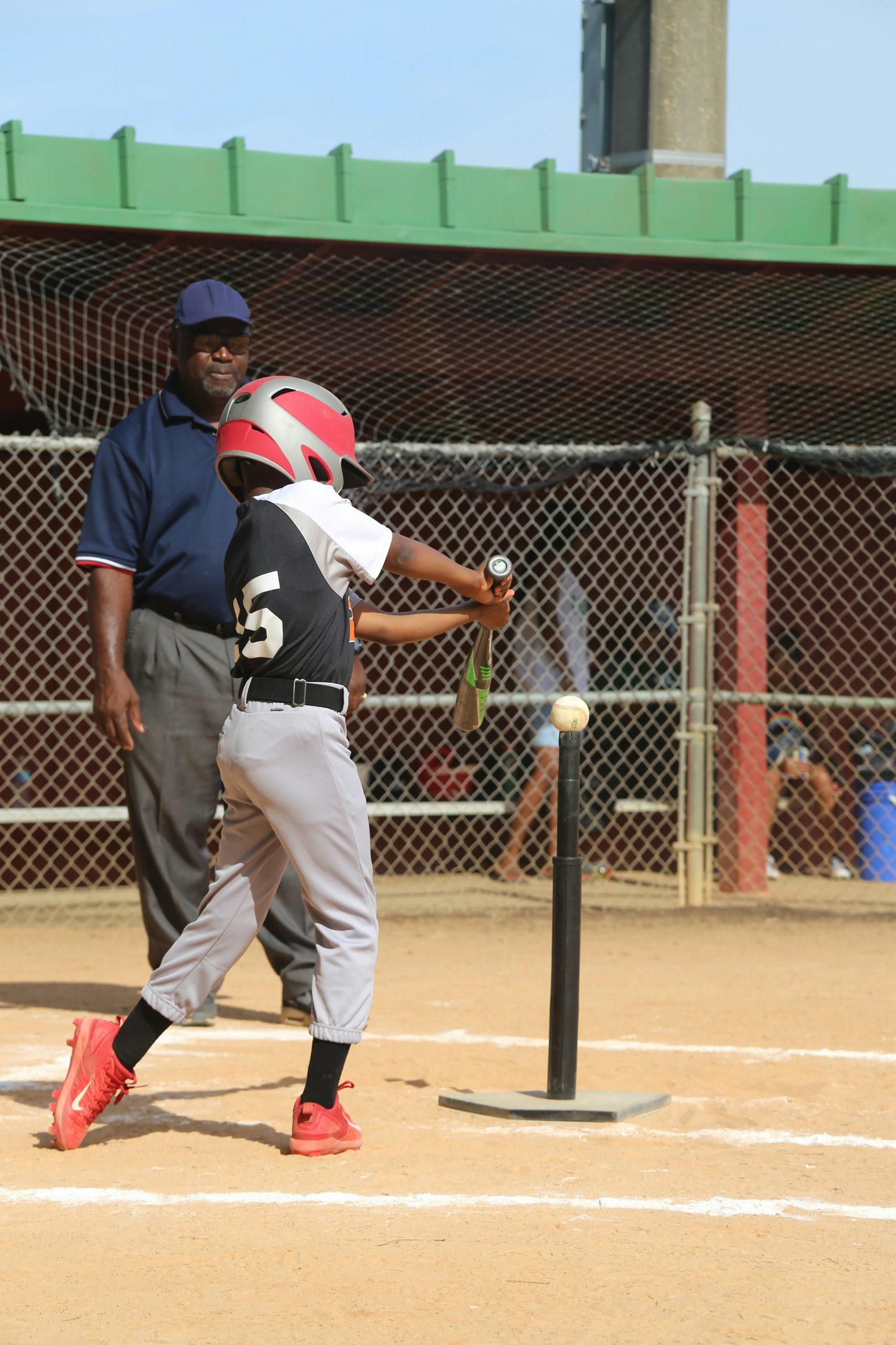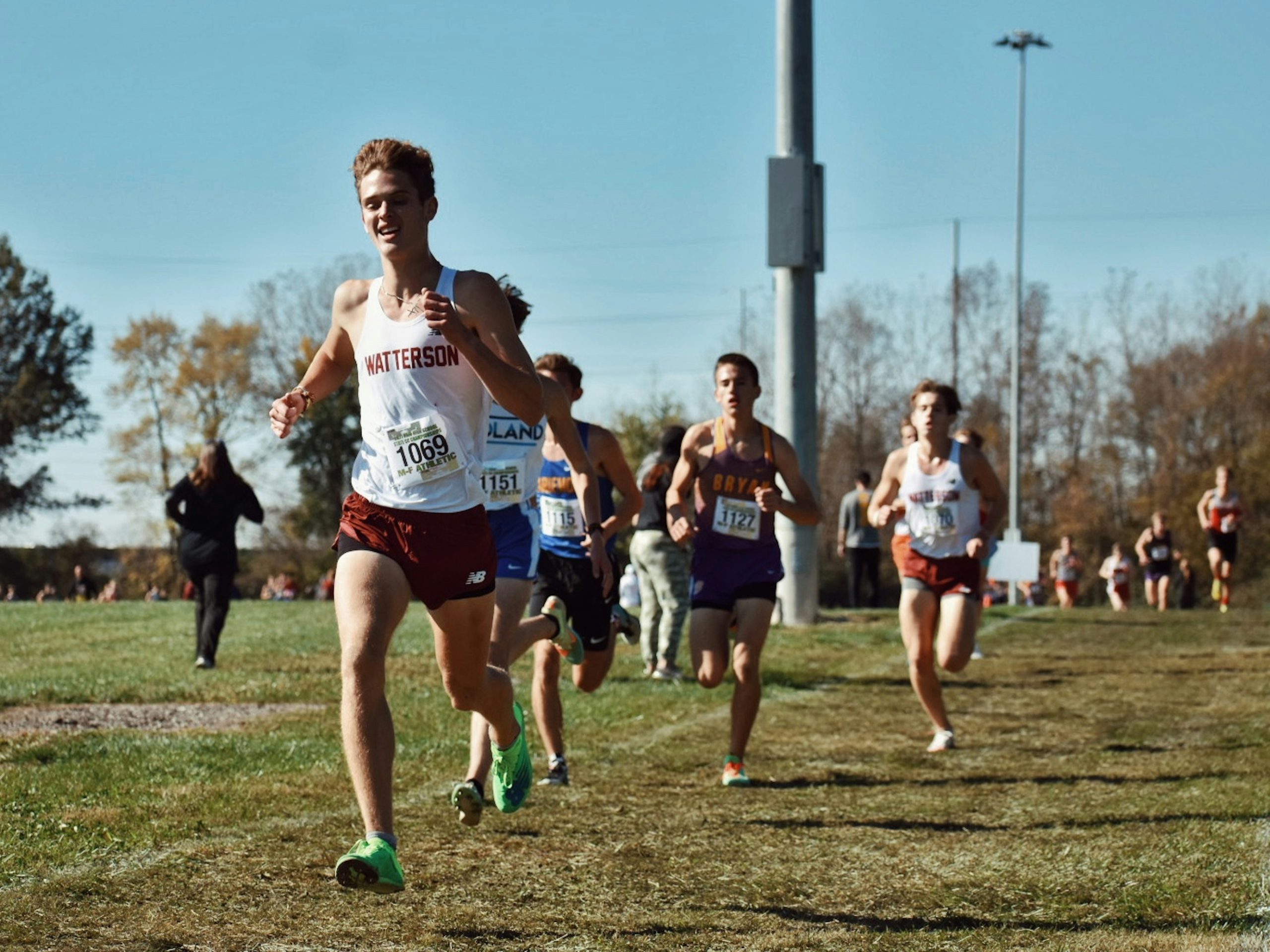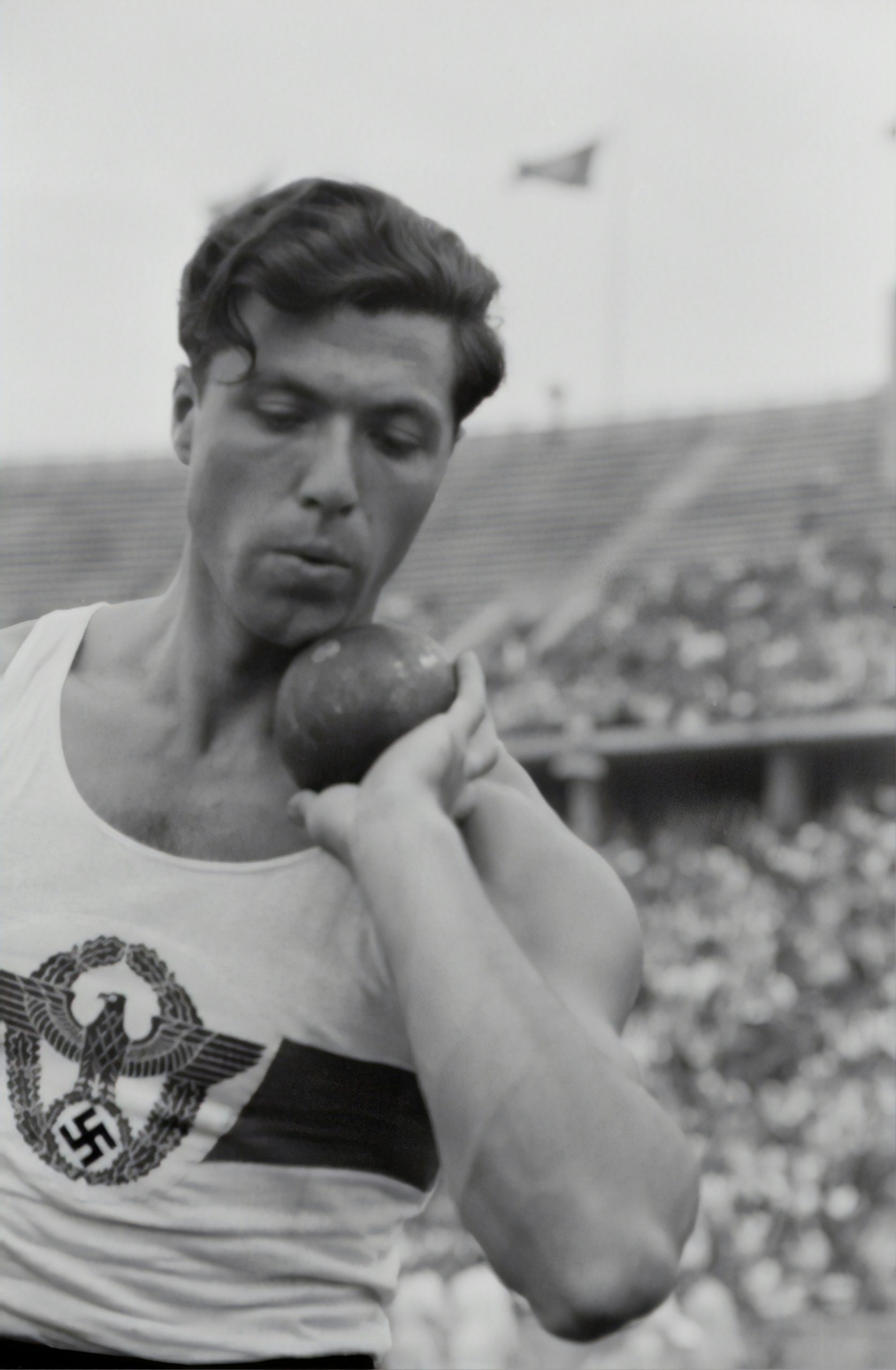
Gender Equality in Professional Sports: Progress and Challenges
Introduction
Gender equality in professional sports has been a longstanding issue, characterized by significant progress in recent decades but also facing persistent challenges. This article examines the evolution of gender equality in sports, highlighting key milestones, current disparities, and ongoing efforts to promote equal opportunities for all athletes.
Historical Perspective
The history of gender equality in sports reflects broader societal changes regarding gender roles and expectations. Historically, sports were predominantly male-dominated, with limited opportunities for women to compete at professional levels. The establishment of the Olympic Games in 1896 marked a pivotal moment, eventually leading to the inclusion of women’s events, although initially in a limited capacity.
Throughout the 20th century, women’s participation in sports grew, buoyed by social movements advocating for equal rights. The enactment of Title IX in the United States in 1972 was a watershed moment, mandating gender equity in educational programs and athletics, thus significantly increasing female participation in sports at all levels.
Progress in Gender Equality
Over the past few decades, there have been notable advancements in gender equality within professional sports:
- Increased Participation: More women are participating in a wider array of sports, with higher visibility and support from governing bodies.
- Equal Pay: Initiatives like equal prize money in major tennis tournaments (e.g., Wimbledon, US Open) have set precedents for pay equity.
- Leadership Roles: Women are increasingly taking on leadership roles in sports organizations and governing bodies.
For example, Serena Williams, a prominent advocate for gender equality in tennis, has been vocal about the importance of equal pay and opportunities for female athletes.
Challenges and Persistent Issues
Despite progress, challenges remain in achieving full gender equality in professional sports:
- Pay Disparities: Many sports still exhibit significant pay gaps between male and female athletes, influenced by differences in sponsorship and media coverage.
- Media Coverage: Women’s sports receive disproportionately less media coverage compared to men’s sports, affecting exposure and sponsorship opportunities.
- Cultural Perceptions: Cultural attitudes and stereotypes about gender roles in sports can hinder opportunities and support for female athletes.
For instance, the US Women’s National Soccer Team has highlighted disparities in pay and working conditions compared to their male counterparts, sparking debates and legal actions for equal treatment.
Current Initiatives and Future Outlook
Efforts to promote gender equality in sports are ongoing, focusing on:
- Policy Changes: Implementing policies and guidelines that ensure equitable treatment and opportunities for all athletes.
- Advocacy and Awareness: Raising awareness about gender disparities and advocating for change within sports organizations and the media.
- Investment in Women’s Sports: Increasing investment in women’s sports leagues and events to enhance visibility and competitiveness.
The Women’s National Basketball Association (WNBA) has made strides in promoting women’s basketball globally, showcasing the potential for growth and popularity of women’s sports.
Conclusion
Gender equality in professional sports continues to evolve, shaped by both progress and persistent challenges. While significant strides have been made in increasing female participation and visibility, disparities in pay, media coverage, and cultural perceptions remain significant hurdles. Ongoing advocacy, policy changes, and increased investment in women’s sports are essential to furthering the cause of gender equality in sports, ensuring equal opportunities and recognition for athletes of all genders.
As we look to the future, continued efforts and collaborations across sports organizations, media, and communities will be crucial in fostering an inclusive and equitable sporting environment.



